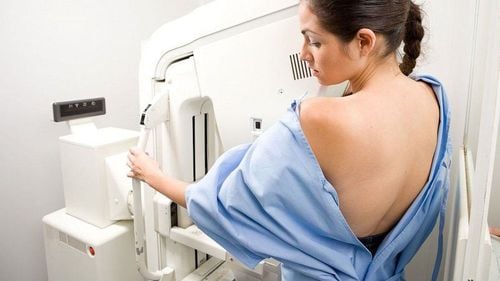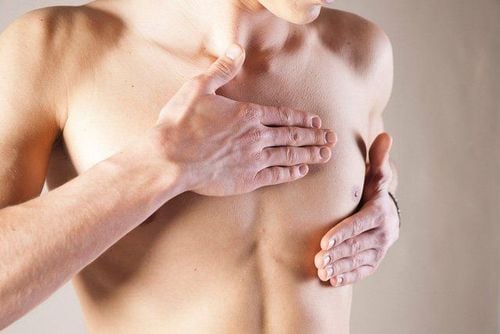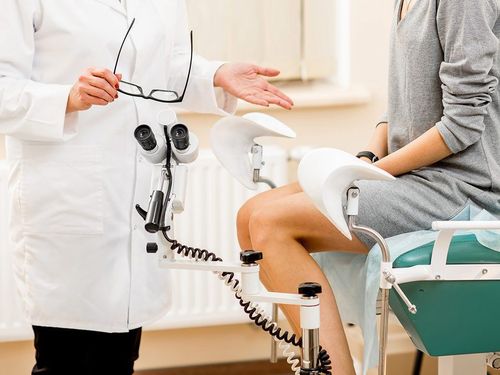This is an automatically translated article.
Anatomically, men's breast tissue is similar in composition to women's, but men's breast tissue is smaller and they are still at risk for breast cancer. However, the incidence will be lower than that of women. So is breast cancer in men really common?
1. What is breast cancer in men?
Although breast cancer is almost exclusively considered a disease of women, breast cancer can also affect men. However, the incidence of male breast cancer is rare compared with female breast cancer.
Male breast cancer accounts for 0.5-1% of all breast cancer patients. The reason for the low incidence in men is the relatively low amount of breast tissue coupled with differences in the hormonal environment of men. Over an 18-year period, only about 62 cases were diagnosed and treated at the National Cancer Center Singapore (NCCS), compared with 1,300 new cases of female breast cancer annually. In 2014, the NCCS recorded just one case of male breast cancer, five in 2013 and six in 2010 and 2006. In Australia, approximately 150 men develop breast cancer each year.
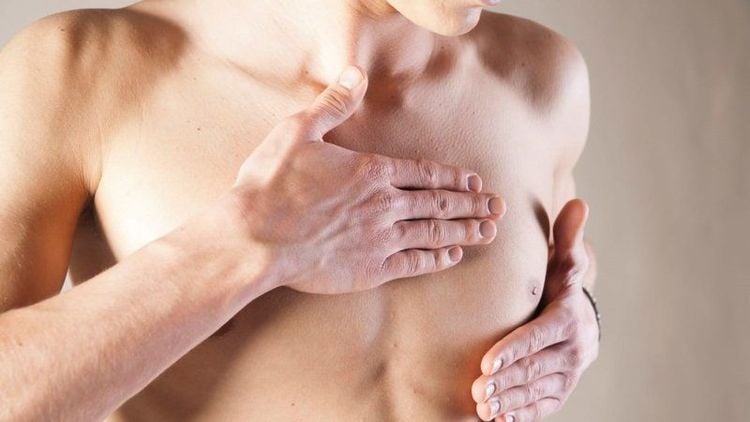
Although breast tissue is less in men than in women, the factors influencing malignant change are similar. The Surveillance, Epidemiology and End Result (SEER) program reported that the incidence of breast cancer in the general population was highest between the ages of 52-71, while the incidence was highest in men at 71 years of age.
In fact, some authors suggest that male breast cancer has a similar disease pattern to postmenopausal female breast cancer. The incidence of breast cancer in men and women has increased over the past 25 years. The International Association of Cancer (IACR) highlighted this increase and warned that breast cancer incidence in women increased by 20%, while breast cancer-related deaths increased by 14%. SEER data also show that the rate was 1.1 per 100,000 men in the mid-1970s and increased to 1.44 for 100,000 men in 2010. In the United States, 2240 men were diagnosed with cancer. breast cancer in 2013. The lifetime rate of being diagnosed with breast cancer in men is 1 in 1000. According to data from IACR Turkey, 0.37% of cancers in men are breast cancer. .
In essence, breast cancer in men and women is the same, regardless of gender. Breast cancer starts with a lump in one breast and gradually grows in size. In rare cases, the patient may also have eczema-like skin changes in the nipple area, or axillary lymphadenopathy due to enlarged lymph nodes. In advanced stages, breast cancer symptoms such as bone pain, shortness of breath or jaundice appear more often when the cancer has spread to other areas such as the bones, lungs or liver.
However, the prognosis for breast cancer in men is better than in women. In Australia, up to 85% of men diagnosed with breast cancer live more than 5 years after diagnosis. Most recover well after treatment and the cancer does not recur afterward.
Trắc nghiệm: Những lầm tưởng và sự thật về ung thư vú
Ung thư vú có tỷ lệ tử vong cao nhất ở nữ giới khiến họ rất lo sợ bản thân mắc phải căn bệnh này. Tuy nhiên, không ít chị em có những hiểu biết thái quá về ung thư vú. Thử sức cùng bài trắc nghiệm sau sẽ giúp bạn loại bỏ được những nghi ngờ không đúng về căn bệnh này.
Bài dịch từ: webmd.com
2. Why do men get breast cancer?
Like women, men have the same breast tissue composition as women, albeit with a smaller amount of tissue. This means that men can get breast cancer, but it's much rarer. The risk of a man being diagnosed with breast cancer before the age of 85 is 1:688. The risk of a woman being diagnosed with breast cancer before age 85 is 1:8.
An important thing to remember is that the cause of breast cancer is still unclear and there are many factors that combine. So when you have breast cancer, you shouldn't focus on why you got breast cancer, but instead, try to shift your focus to issues you can control, like making decisions. treatment and self-care. There are a number of known risk factors to watch out for. For example, mutations in the breast cancer (BRCA) gene, especially BRCA2, as well as aging, alcohol consumption, and obesity increase the risk of the disease.
People in the family who have had breast cancer, or are suffering from liver disease, are exposed to radiation should also suspect a breast tumor. Being on certain hormone treatments or working in an environment such as a steel mill increases the risk. Several factors can increase a man's risk of developing breast cancer, including:
2.1. Age A man's risk of developing breast cancer increases with age. The median age of diagnosis in men is 69, although men of all ages are at risk for breast cancer.
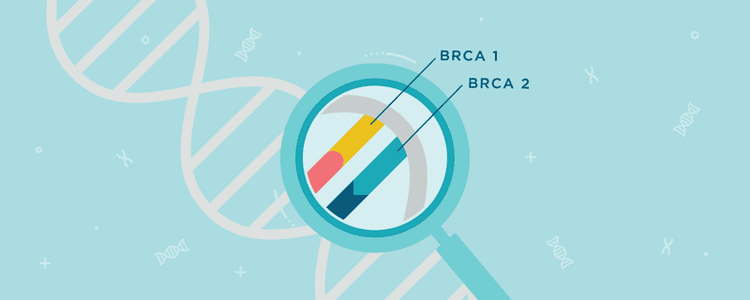
A positive family history of breast cancer increases the relative risk by 2.5 times. Studies show that about 20% of men with breast cancer have a first-degree relative (father, mother, sibling) with the same disease.
If you are concerned that your family may have an inherited gene mutation, or if your family has a family history of breast cancer, you can consult your doctor or may be referred to a family cancer clinic for evaluation.
2.3. Hormonal Imbalances The male body is capable of producing small amounts of the female hormone estrogen, as well as male hormones such as testosterone. People with higher-than-normal estrogen levels may have an increased risk of developing breast cancer. Estrogen levels may be higher in men under certain conditions such as:
Being overweight or obese (because fat cells produce estrogen) Having chronic liver diseases such as cirrhosis Having certain genetic conditions, such as Klinefelter syndrome Having high levels of the pituitary hormone prolactin 2.4. Having a history of radiation therapy There is some research that suggests that men who have had radiation therapy, especially the chest area, may have an increased risk of developing breast cancer.
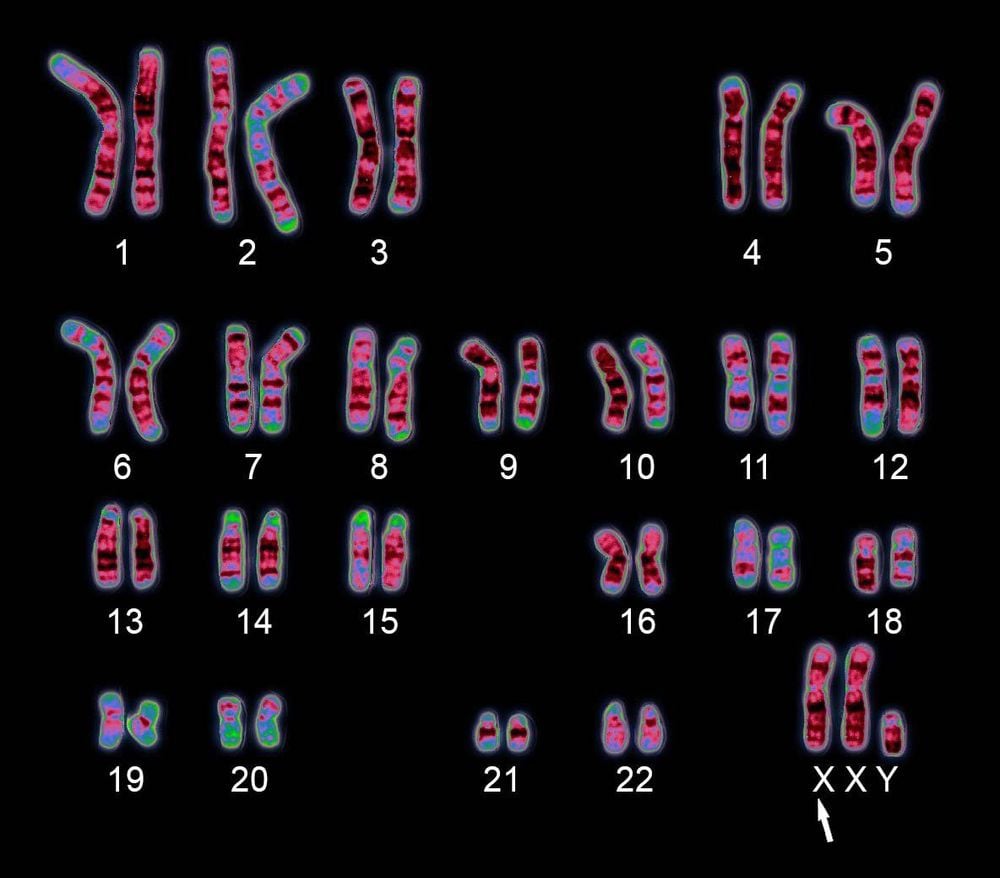
3. Difficulties in detecting breast cancer in men
Unlike female breast cancer, there has not been much progress in the early detection and treatment of male breast cancer. The reason may be that men lack awareness and knowledge about breast symptoms, leading to disregard for small breast lumps and not going to the doctor in time.
A study at Singapore General Hospital (SGH) also noted a delay in detecting signs of breast cancer in men. Looking at patient data over 15 years, the researchers found that about half of the male patients were diagnosed only when they were already in the advanced stage.
4. Men's Breast Cancer Treatment
Treatment of breast cancer in men is similar to that of breast cancer in women. For female breast cancer, the best treatment option is surgery, but only if the cancer is found early and has not spread. And depending on the stage and histopathological biopsy results of the cancer, surgery is often followed by other treatments such as chemotherapy, radiation, hormone therapy, or targeted therapy. destination.
If the disease is already in an advanced stage and has spread, doctors can no longer treat the cancer with surgery. In that case, chemotherapy would be the palliative treatment. However, early diagnosis is still of the utmost importance, and that can only be achieved when men's awareness of breast cancer is raised. Because male breast cancer is rare, there are no indications for routine screening. The only method for early detection is breast self-examination. This helps men can go to the doctor promptly when detecting abnormalities.
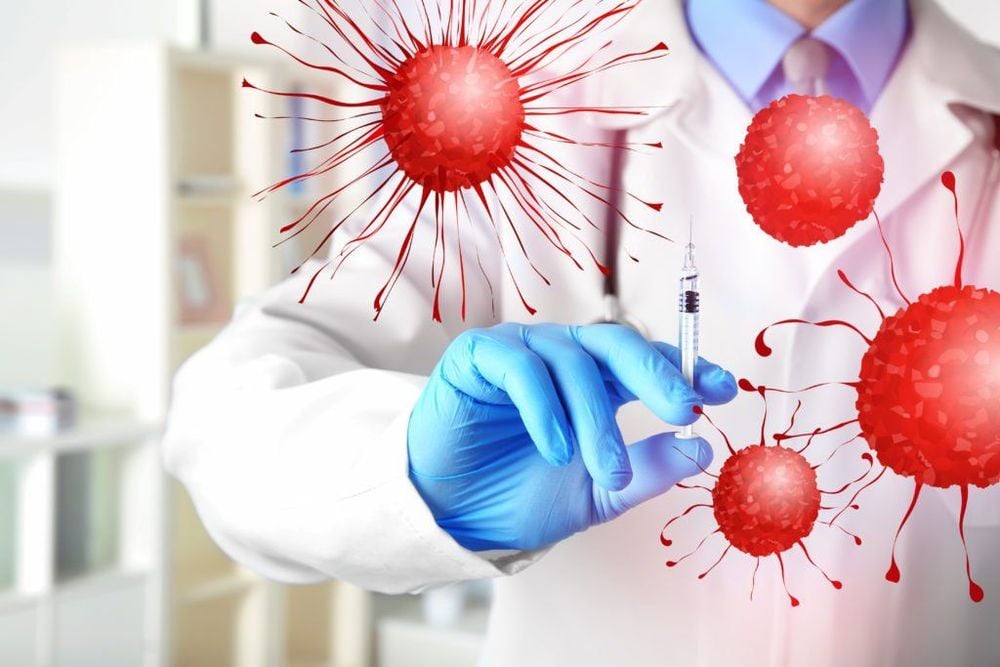
In addition, the son of a man with breast cancer who inherits the defective BRCA2 gene has only about a 6% chance of developing breast cancer and a 1% risk of developing breast cancer if BRCA1 is positive.
However, the children of a man with breast cancer who inherits the defective gene have a 40% to 80% risk of developing breast cancer. Men with a genetic predisposition to breast cancer are also at a lower risk of developing prostate cancer at a younger age than the general population.
Although not as common as breast cancer in women, absolutely "men" should not ignore the symptoms of this disease. Early detection and treatment of male breast cancer can lead to a better prognosis.
At Vinmec International General Hospital, there is a Breast Cancer Screening Package, which helps customers screen and detect breast cancer early even when there are no symptoms. When registering for the Breast Cancer Screening Package, customers will receive:
Examination and consultation with an oncologist. Breast cancer screening by bilateral breast ultrasound and mammogram. Officially put into operation on January 7, 2012, Vinmec has become a prestigious address in breast cancer screening with:
Team of highly qualified and experienced doctors. Comprehensive professional cooperation with domestic and international hospitals: Singapore, Japan, USA, .. Comprehensive treatment and care, multi-specialty coordination towards individualizing each patient. Having a full range of specialized facilities for diagnosis and staging before treatment: Endoscopy, CT scan, PET-CT scan, MRI, histopathological diagnosis, gene-cell testing, .. There are a full range of mainstream cancer treatment methods: surgery, radiation therapy, chemotherapy, stem cell transplant...
Please dial HOTLINE for more information or register for an appointment HERE. Download MyVinmec app to make appointments faster and to manage your bookings easily.
References: ncbi.nlm.nih.gov, healthxchange.sg, bcna.org.au/media




